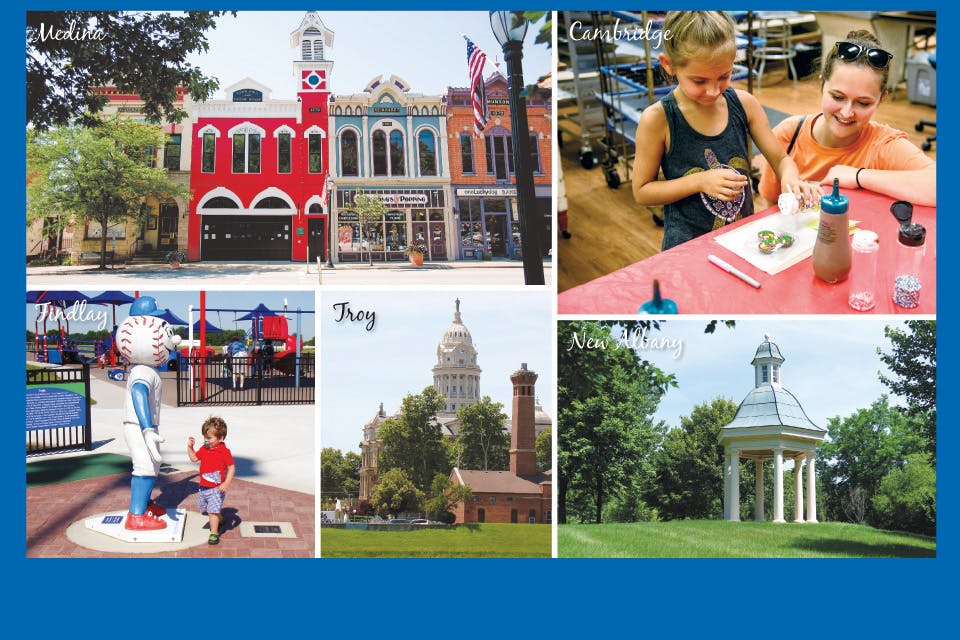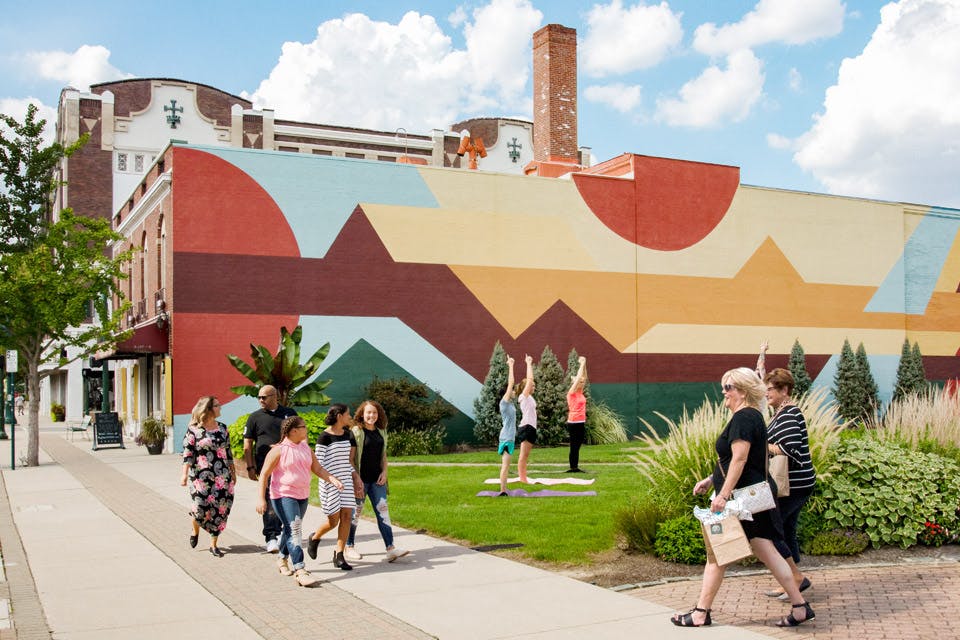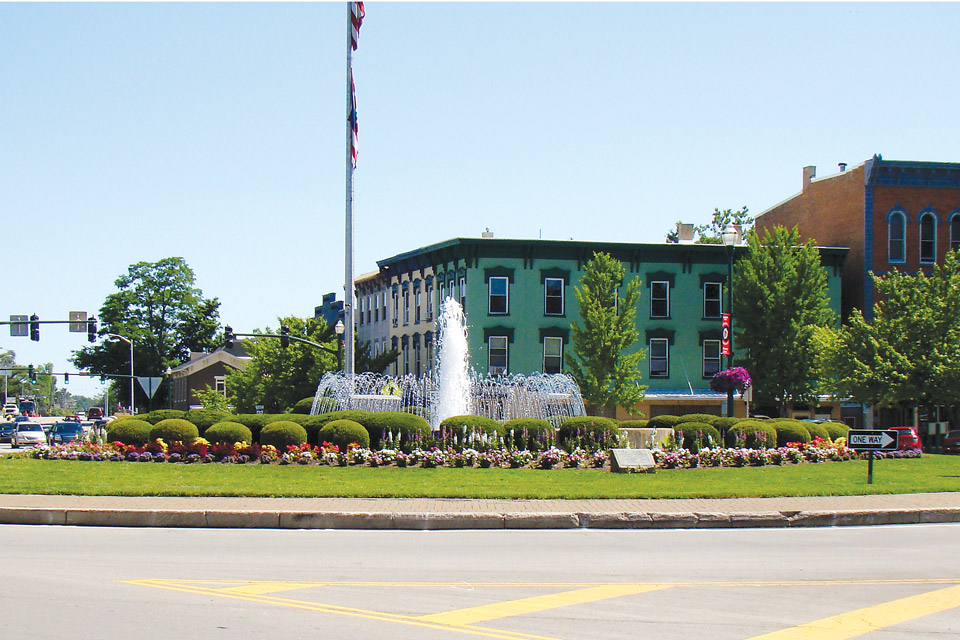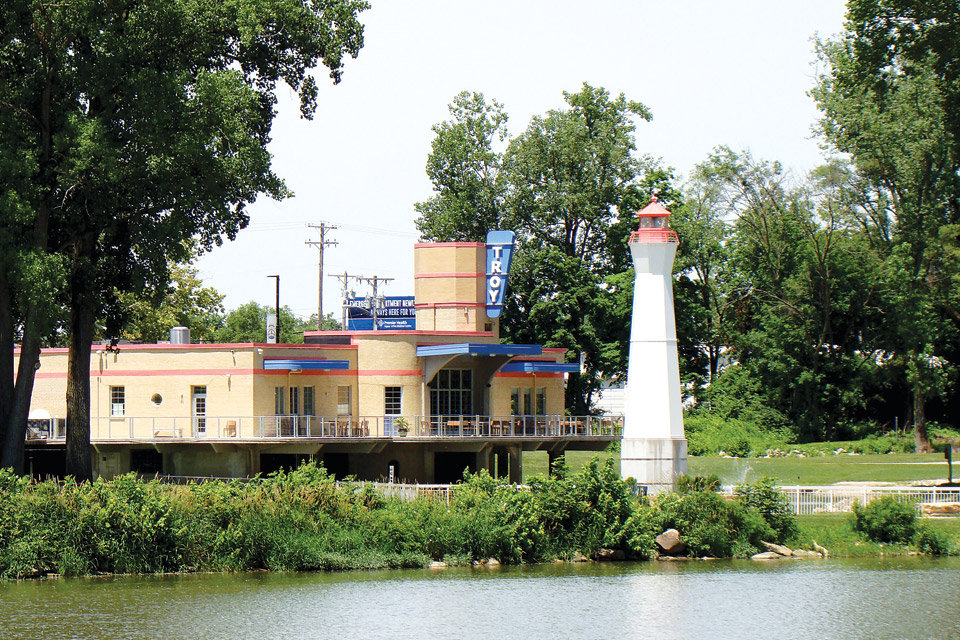Ohio Life
| Best Hometowns
Best Hometowns 2018: Troy
Cooperation is a cornerstone of this community, which honors its past as
it forges a bright future.
Related Articles

Hometown Road Trips: 2018-19
Summer means it’s time to explore. Check out these finds we discovered while visiting our 2018–2019 Best Hometowns. READ MORE >>

Best of the Best Hometowns 2018–19
We celebrate our 2018–2019 Best Hometown honorees by sharing some of the interesting and fun discoveries we made during our visits. READ MORE >>

Best Hometowns 2018
This year, we honor Cambridge, Findlay, Medina, New Albany and Troy — five communities that make us proud to call Ohio home. READ MORE >>







